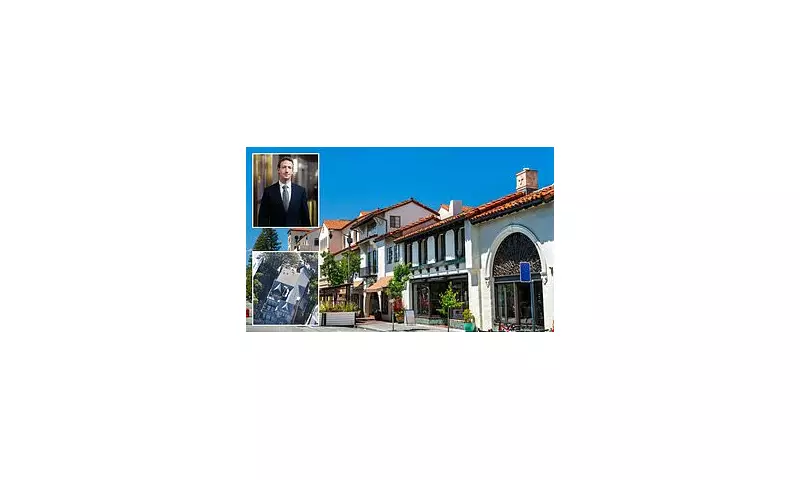
Silicon Valley's Sleep Crisis: The Battle Against 110-Decibel Train Horns
Residents of Palo Alto, the prestigious technological hub often called the 'Birthplace of Silicon Valley', have reached breaking point over an unexpected nuisance - thunderously loud train horns that shatter their peace throughout the night. The community, which includes Meta CEO Mark Zuckerberg among its long-term residents, has endured this deafening disturbance for decades.
The source of their frustration comes from Caltrain locomotives blasting horns at nearly 110 decibels as they approach railroad crossings within the city limits. This noise level matches the intensity of a bustling nightclub or rock concert and occurs not once, but four times as each train passes through Palo Alto to alert pedestrians and motorists.
Residents Demand Action After Years of Disruption
At a recent city council meeting, exasperated locals finally addressed the issue directly. Palo Alto resident Rachel Croft shared a particularly poignant account: 'I have a new neighbour with a five-year-old who wakes up with that freight train in the middle of the night every single night.' Her testimony highlighted how the problem affects even the youngest members of the community.
The council discussed two primary solutions to mitigate the noise pollution. The first involved installing wayside horns at the three Caltrain crossings, while the second proposed a comprehensive four-quadrant gate system. Council member Pat Burt explained the significant difference: 'The wayside horns reduce the noise by, like, 80-90 percent, so it's very significant.' However, he noted that while the horn solution would be faster and cheaper, the four-quadrant gate system would completely eradicate any sound while providing superior safety.
A Historic Decision and Funding Challenges
In a unanimous decision that left residents 'very happy', the city council ruled in favour of building the new four-quadrant gate system at Monday's meeting. Burt emphasised the historical significance: 'This train has been here for over 150 years. I don't know how long they've been blasting the horns, but this will be the first time in many, many, many decades that we won't have horn noise in the community.'
The project does face significant hurdles, primarily concerning funding. The four-quadrant gate system can cost up to $5.1 million to install. Burt acknowledged that securing financing remains 'the only real hurdle', with potential sources including the Valley Transportation Authority, though nothing has been confirmed. Additionally, receiving approvals from the California Public Utilities Commission could cause further delays.
City senior engineer Ripon Bhatia estimates the project will take 36 to 60 months to complete, a timeline that has disappointed some residents. Local John Melnychuk expressed frustration at the meeting: 'Our next ask is to [build] it quickly... we [already] wasted a year talking about wayside horns which are obsolete.'
Immediate Safety Improvements and Long-Term Solutions
While residents await the permanent solution, Caltrain is implementing immediate safety enhancements. These include sturdy posts, solar-lit markers, and fresh road paint to prevent drivers from accidentally drifting onto the tracks. More significantly, the agency is introducing a sophisticated Rail Sentry system that uses cameras, LIDAR and artificial intelligence - the same technology found in self-driving cars - to detect obstacles on the tracks.
The system can alert dispatchers within seconds if it detects danger, enabling trains to be stopped promptly. European-style anti-intrusion mats, consisting of 10ft-wide panels laid across the corridor, will be installed alongside secure fencing to prevent pedestrian access to the tracks. Burt confirmed that 'by the first week of January we will have installed the safety measures that will make it much safer than it's ever been.'
The resolution comes as welcome news to residents of one of California's most expensive cities, where the average home value reaches a staggering $3,483,080 according to Zillow. For a community that consistently ranks among America's most livable cities, the elimination of the disruptive train horns represents a significant quality-of-life improvement after generations of noise pollution.





